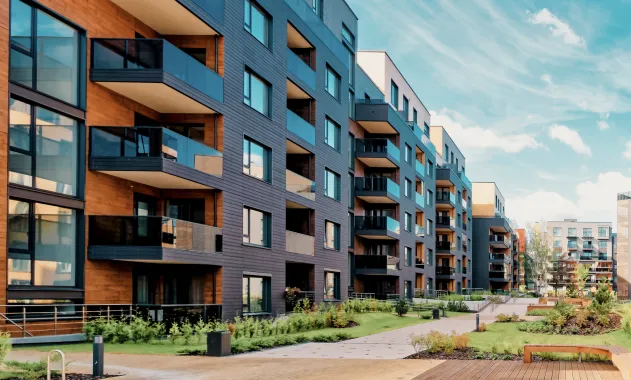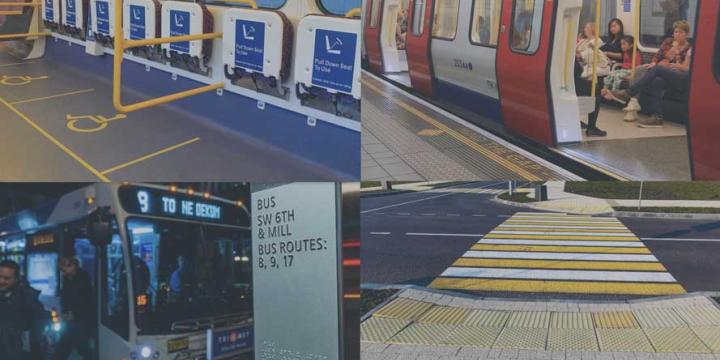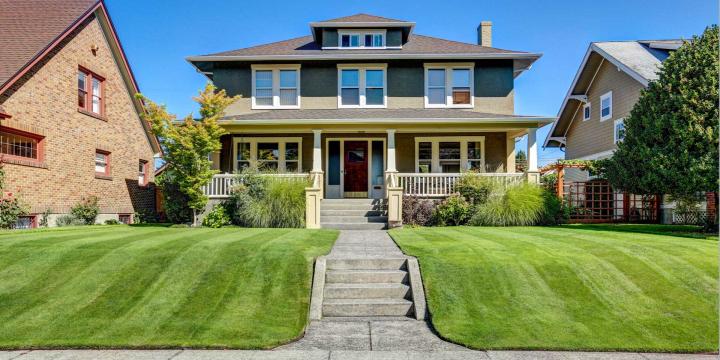Course Info
6 video lessons (41 Mins)
Published
2025-
4.45
Preview Course
Browse Course Chapters
-
1.Introduction
3 mins
-
2.Why does Walkability Matter?
4 mins
-
3.What does it Really Take to Unlock Walkability?
3 mins
-
4.Why does Walkability Pose Challenges?
12 mins
-
5.Sharing the Economic and Social Benefits
15 mins
-
6.Conclusion
2 mins
What You Will Learn
- What are the economic, social, and environmental imperatives that “drive” the need to enhanced and expanded walkability?
- Why it is critical to understand walkability through an equity lens?
- Why does walking represent an amenity to “advantaged” neighborhoods and a necessity to disadvantaged neighborhoods?
- Why does walkability represent a power engine for expanding gentrification and displacement?
- What planning, public policy, design, and other considerations are essential to promote inclusive walkability?
- How can communities tap the economic, social, and environmental value of walkability to transform economic diversity into shared community?
Course Description
Enhanced and expanded walkability represent core goals for every region in North America. Focusing growth toward compact, walkable, places is central to improving regional economic and environmental performance.
However, the benefits at a regional scale fall unevenly at a neighborhood scale. While “advantaged” neighborhoods welcome tree-lined walkable streets and convenient walkable access to nearby cafés and shops, lower-income neighborhoods view these same qualities as harbingers of gentrification and displacement — and they are right: Displacement has driven suburban poverty up by roughly 70% since 2000.
How can we bring walkability, equity, and inclusion into alignment?
Learn these skills
- Economic Development
- Equity
- Land Use
- Pedestrian Planning
- Transportation
- Urban Design
- Walkability
AICP CM
This course is approved for .75 AICP CM credit.



























